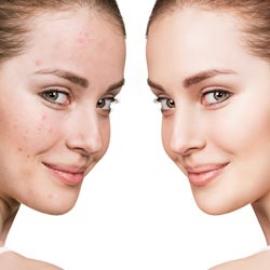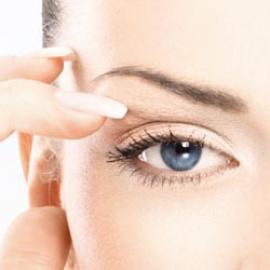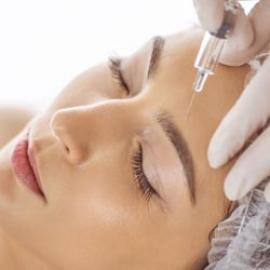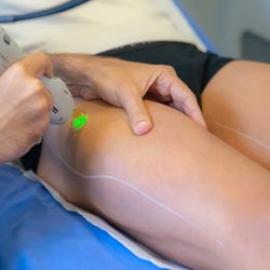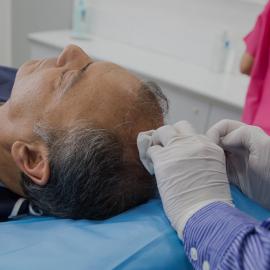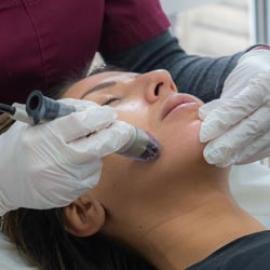
Although peeling has become a major aesthetic treatment, it should not be left to inexperienced individuals. Indeed, certain skins, such as black or dark skins, have their specific features: ignoring them can cause serious damage. That is why any peel must be considered as a true act of aesthetic medicine, so as not to cause any damage and to deliver perfect results of beauty. Discover the main features of black or dark skin.
The principle: what are the attributes of dark skin?
A peel is a medical procedure aimed at eliminating a more or less deep portion of the skin, so that it regenerates in a natural way, in order to have a younger, smoother, more homogeneous skin.
Therefore, black skin peel must take into account its particularities as much as possible so as not to damage it.
Dark skin pigmentation
Dark skins, grouped in skin phototypes V and VI, are colored by the richness of pigments, melanin, produced by specialized skin cells, melanocytes.
These melanocytes are highly activated, which explains the strong ability of dark skin to provoke pigmentation spots or inflammatory hyperpigmentation (IPH).
Any peel that eliminates part of the skin will therefore eliminate pigments and create partially depigmented areas: this skin is then also more delicate, as it lacks natural protection.
Successful black skin peel must therefore conserve the natural pigments, without inducing inflammatory pigment reactions.
Dark skin thickness
Dark skins are often defined by a thick and less homogeneous layer (the last layer of the epidermis made of dead cells, the corneocytes) : at equal concentration, they will be less delicate to an acid than white skin; but their non-homogeneous nature also means that the penetration of acid can differ from one area to another.
That is why the preparatory phase for the peeling of black skin is crucial to exfoliate the skin, making it smoother and more homogeneous to the diffusion of the products.
Cutaneous film of dark skin
Dark skin is frequently oily and poorly hydrated, which is not mutually exclusive:
- Oily, because the surface lipid film of the epidermis is abundant, often leading to acne, blackheads and shiny skin;
- Poorly hydrated since the hydration of the dermis is not sufficient, in part due to their thickness, leading to accelerated cellular aging.
A black skin peel should allow deep hydration, while removing excess sebaceous.
Indications: when to do a peel for dark skin?
Dark skin peel is specifically designed for skin rich in melanin, from dark to black skin (phototype 5 and 6).
Because of their sensitivity, a medium TCA peel must be avoided, because of a risk of desquamation and depigmentation.
- In order to smooth the skin texture, it is essential to opt for a gentle peel, such as a superficial peel with fruit acids.
This makes it possible to treat the following:
-The rough texture of the skin;
-Excessive oil on the skin;
-Blackheads and micro-cysts.
- To remove pigment spots, a depigmenting peel (Mela Peel) that preserves natural melanin should be chosen instead.
The course of a dark skin peel session
The dark skin peel carried out at the Clinique des Champs-Elysées follows the classic procedure of any peel.
The right product will be selected by your esthetic doctor, based on the diagnosis established beforehand, with a face check-up if necessary.
Preparation for the peel can start 3 weeks before, with a daily prescribed treatment: it aims in particular to put your melanocytes to rest (to prevent a rebounding
hyperpigmentation) and to exfoliate the stratum corneum (to have a homogeneous diffusion of the peel's acid). Your facial specialist will apply the chosen formulation to your cleansed skin on the day of the peel. It is similar for the hands or the neck.
The Mela Peel ® mask is positioned on the face, applied more to dark spots. You must maintain this transparent mask on 8 to 12 hours before rinsing well.
It is essential to utilize a good emollient care and a good UV protection after the dark skin peel. Mela Cream preserves the action of the Mela Peel depigmenting peel for 30 days.














